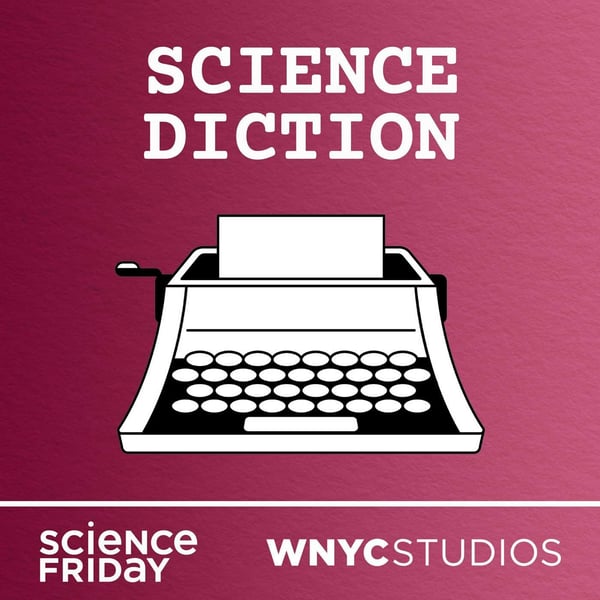Quarantine
Science Diction
Science Friday and WNYC Studios
4.8 • 610 Ratings
🗓️ 7 April 2020
⏱️ 16 minutes
🧾️ Download transcript
Summary
Transcript
Click on a timestamp to play from that location
| 0:00.0 | Before we get started, just a quick note about today's word, quarantine. |
| 0:04.5 | We've been hearing a handful of terms lately that have sort of technical definitions. |
| 0:08.8 | Quarantine. |
| 0:09.4 | Quarantine. |
| 0:10.1 | Quarantine. |
| 0:10.9 | Social distancing. |
| 0:12.0 | Self-isolation. |
| 0:12.9 | In isolation. |
| 0:13.9 | The CDC will tell you that quarantines are only for people who have been exposed to a contagious |
| 0:19.4 | disease to see if they get sick. If you're |
| 0:23.6 | already sick, you call it isolation. So by the CDC definition, Ted Cruz, self-quarantining. |
| 0:31.2 | Just out of an abundance of caution. Tom Hanks, self-isolating. In this episode, when we say the word quarantine, we're using a broader definition. |
| 0:42.3 | We're talking about any kind of separation designed to stop the spread of disease. Basically, the dictionary definition. Okay, let's get started. |
| 0:53.3 | There's a small, lonely island that sits in New York |
| 1:00.7 | City's East River. It's called North Brother Island. No one lives there today. It's just |
| 1:06.8 | scattered ruins, all wild and overgrown. |
| 1:14.5 | But on that island, there used to be a one-room cottage. |
| 1:18.9 | It was kind of sweet, little shingles, a neat, pointy roof, |
| 1:22.3 | and a front stoop with three small steps. |
| 1:26.7 | The cottage isn't there anymore, but the stoop is. |
| 1:30.6 | And for three years, a nurse would visit every day, |
| 1:36.6 | leave a tray of food on that stoop, and then scuttle away, avoiding contact at all costs with the woman living inside. |
... |
Please login to see the full transcript.
Disclaimer: The podcast and artwork embedded on this page are from Science Friday and WNYC Studios, and are the property of its owner and not affiliated with or endorsed by Tapesearch.
Generated transcripts are the property of Science Friday and WNYC Studios and are distributed freely under the Fair Use doctrine. Transcripts generated by Tapesearch are not guaranteed to be accurate.
Copyright © Tapesearch 2025.

